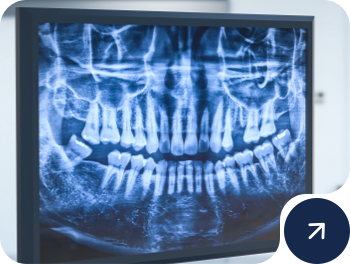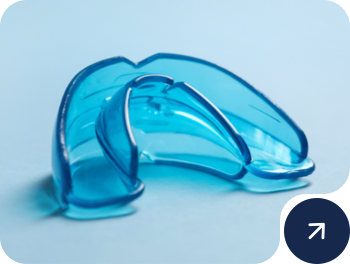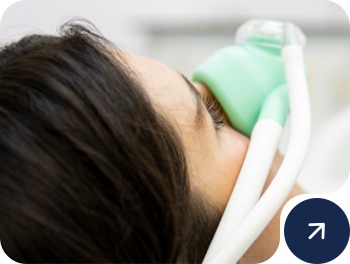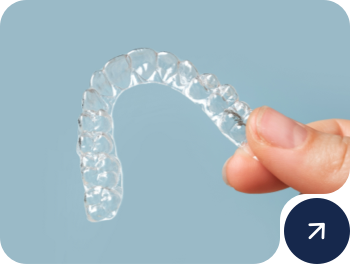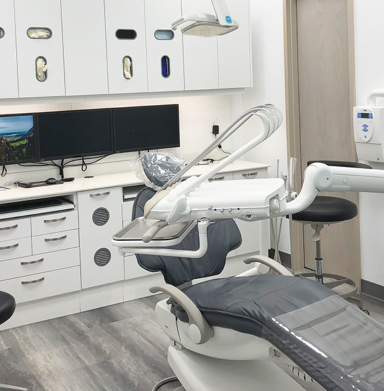When you receive a dental cleaning, the dental hygienist will use scaling to help remove plaque and tartar from your teeth. Scaling is the process of removing plaque and tartar from the teeth and below the gumline.
Routine dental cleanings help promote a healthy mouth and teeth, and scaling can be used to help treat gum disease.
How Is Scaling Performed?
Scaling is performed using handheld instruments to clean each tooth’s surface and reach under the gumline.
There are 2 main types of scaling: ultrasonic and manual. Both ultrasonic and manual scaling can benefit patients of all ages, and they’re often used together to achieve the best result.
Ultrasonic Scaling
Ultrasonic scaling uses a powered handheld device to remove plaque, tartar, and hardened calculus from your teeth and gums. This device uses ultrasonic vibration to break up tough hardened buildup and provide fresh, clean teeth and gums.
Manual Scaling
Manual scaling is the process of using handheld instruments to clean your teeth. Your dentist or hygienist may perform manual scaling on its own or in conjunction with ultrasonic scaling.
Why Is Scaling Performed?
Even after you brush and floss, a thin layer of bacteria remains on your teeth. Plaque begins as this thin bacterial film and builds up over time. The longer it stays on your teeth, the more likely it is to harden into calculus, also known as tartar.
Plaque can cause inflammation and infection in the gums, leading to gum disease like:
- Gingivitis, the early stage of gum disease, causing swollen, red gums.
- Periodontal disease, the progressed stage of gingivitis, where the gums begin to pull away from the tooth.
Gingivitis
There are 2 types of gingivitis. The most common is caused by plaque buildup. The second, less common type is non-plaque-induced gingivitis, which is caused by bacterial, viral, or fungal infections.
Periodontal Disease
Nearly 50% of adults over 30 have some form of periodontal disease, but regular dental cleanings and scaling can help lower your risk of developing it.
Periodontal disease typically develops as a result of gingivitis. If you experience any of the following symptoms, please discuss them with your dentist:
- Chronic bad breath or bad taste
- Changes in how your teeth fit together
- Sensitive or bleeding gums
- Swollen, red gums
- Pain when chewing
- Teeth feeling loose
- Tooth sensitivity
- Gums pulling away from teeth
- Changes in partial denture fit
Who Can Benefit from Scaling?
Almost everyone can benefit from dental scaling. Scaling can be used as a preventive measure to ward off or treat gum disease during your routine cleaning.
Your dentist can assess the health of your teeth and gums and let you know if you are at risk of developing gum disease.
How to Maintain that “Just-Cleaned” Feeling
We all know the feeling: you’ve just left the dentist, and your teeth are feeling fresh! But, how can you keep them that way?
Good oral hygiene is the best place to start. When you brush and floss regularly, you are helping to remove plaque from the surfaces of your teeth. Alcohol-free mouthwash can also help give you that “just-cleaned” feeling.
After eating any foods, especially sugary or acidic ones, rinse your mouth with water to prevent debris from building up in between brushes.
And don’t forget to attend your regularly scheduled dental cleanings. Your dental hygienist can clean some hard-to-reach areas in between your teeth, and these visits also allow you to talk about your oral hygiene habits. Your hygienist is a wealth of information, so please feel free to ask them any questions you may have about your oral health.






